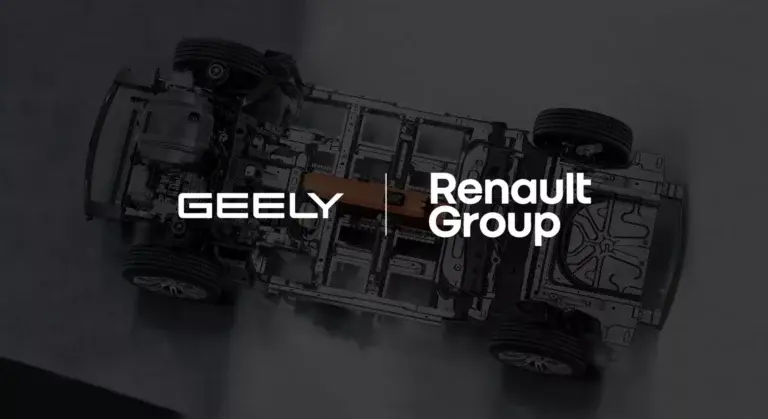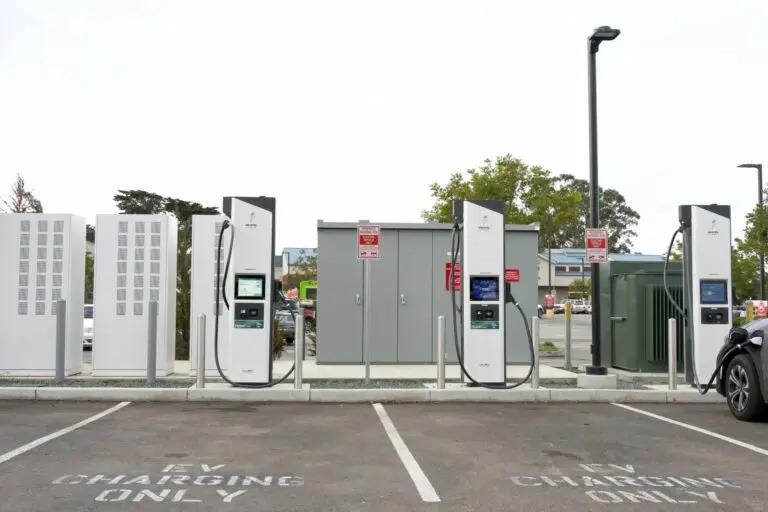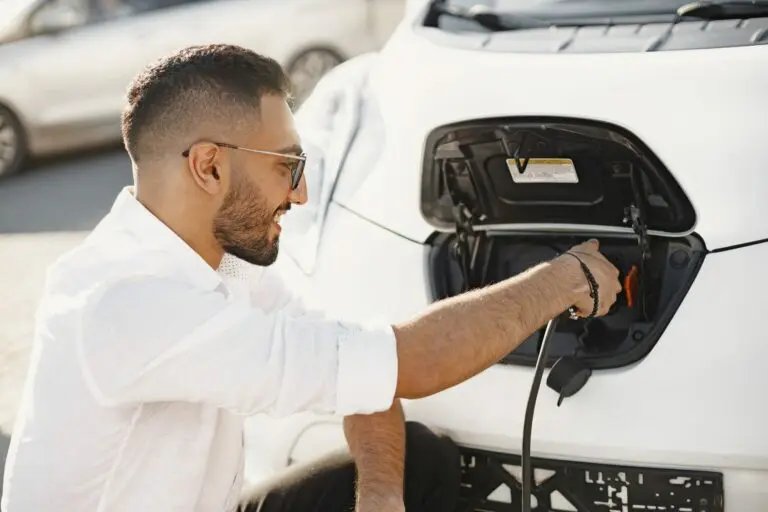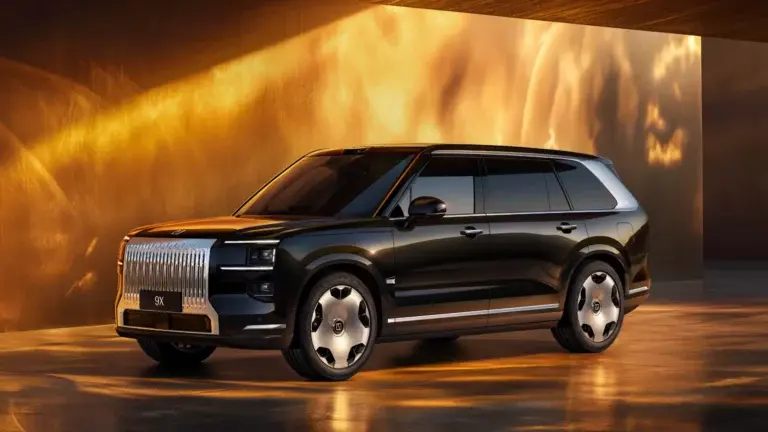As we enter 2025, the French automotive industry is stepping up its efforts to adapt to the energy transition. Between technological advances, the development of recharging infrastructures and regulatory changes, the electromobility landscape is undergoing major transformations.
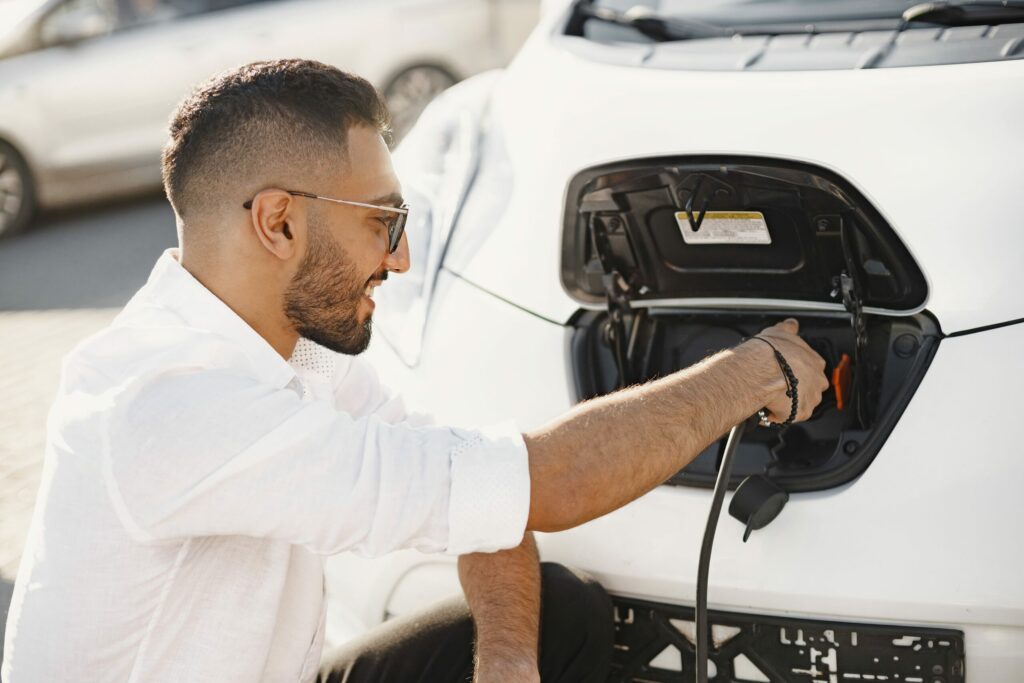
Since January, French manufacturers such as Renault and Stellantis have continued to invest in the development of high-performance, affordable electric vehicles. Renault, a European leader in electric cars, is continuing to invest in V2G technology. This technology enables energy to be redistributed on the electricity grid (Vehicle to Grid). It can also power electrical appliances (Vehicle to Load). Renault continues to invest in research and development to further improve its technologies and meet the challenges of the energy transition.
Stellantis, for its part, is developing modular platforms dedicated to electric vehicles. The aim is to diversify its offering while keeping production costs under control. This automotive group is one of France’s leading innovators. It is France’s leading patent filer, with 1,289 patents registered in 2024. These figures come from the rankings announced by the Institut National de la Propriété Industrielle (INPI).
This year, Vinci Autoroutes is also testing an « electric motorway » capable of recharging vehicles by induction on a two-kilometre stretch of the A10 near Paris. This project, led by Vinci Autoroutes in collaboration with Gustave-Eiffel University and industrialist Hutchinson since 2023, aims to test the energy efficiency of this innovative technology. The device is buried a few centimetres beneath the carriageway. It could reduce the number of stops required for recharging. It could also reduce the size of the batteries needed, thereby contributing to the decarbonisation of transport, particularly for heavy goods vehicles.
A fast-expanding recharging network
The rollout of charging infrastructure is gathering pace in France. From 1ᵉʳ January 2025, new obligations require car parks in buildings open to the public to be equipped with charging points, in accordance with the provisions of the French Mobility Orientation Act (LOM). Non-residential buildings with more than 20 parking spaces must now install charging points for electric vehicles, with at least 5% of spaces equipped, including spaces for people with reduced mobility. This should satisfy electric motorists: « This is a necessary change to support the transition to electric mobility. The lack of charging points was a major obstacle for many drivers. With these new requirements, it will finally be easier to recharge your vehicle on a daily basis », explains Thomas, a resident of the Paris region.

Accessibility of charging in condominiums
Similar measures have been put in place in condominiums to facilitate access to recharging for residents. According to the fourth IRVE Barometer published by Avere-France, AFOR and Enedis, more than 10,000 condominiums are now equipped with charging stations. In addition, 33,880 condominiums have validated their plans to install charging infrastructure. These initiatives are designed to encourage the adoption of electric cars. They improve the accessibility and convenience of recharging. They also address concerns about range and infrastructure.
« Thanks to these measures, I can finally recharge my car in my car park. Before, I had to leave my car more than ten minutes from home, which was very tiring. I went to great lengths to ensure that we could have these recharging facilities, » says a delighted Laura, who owns an electric car. Although the figures are rising, the deployment of charging infrastructure is struggling to keep pace with the growth in the electric vehicle market. According to the barometer, there are 269,000 apartment blocks with car parks in France, but only 3.94% of them currently have a collective recharging solution.
Changing financial incentives
On the regulatory front, the French government plans to cut support for the purchase of electric vehicles by a third by 2025. The budget will be cut from €1.5 billion to €1 billion. On 2 December 2024, the conversion allowance was abolished. This bonus provided aid for the purchase of a less polluting vehicle by scrapping an old car. This reduction is explained by the falling cost of electric vehicles and their growing market share. As a result, the need for subsidies has been reduced.
The remaining funds will be prioritised for low-income households to ensure a fairer transition.
The government is stepping up penalties on vehicles with high CO₂ emissions, lowering emission thresholds to 113g CO₂/km in 2025, then to 106g in 2026 and 99g in 2027. These measures are designed to encourage the adoption of cleaner vehicles and accelerate the transition to sustainable mobility.
A sector still facing challenges
The year 2025 marks a turning point for the French automotive sector. Industry players are focusing on sustainability, safety and innovation. However, challenges remain. They concern the affordability of electric vehicles, the densification of recharging infrastructures and the management of the environmental impact of battery production and recycling.
Research is continuing into alternative technologies, such as solid batteries and hydrogen. These innovations aim to improve range and reduce the sector’s carbon footprint. The industry will also need to be structured to ensure that batteries are more recyclable. It will also have to minimise their environmental impact throughout their life cycle.
Collaboration between public authorities, manufacturers and consumers will be key to overcoming these obstacles. It will help to position France as a leader in electromobility in Europe.



